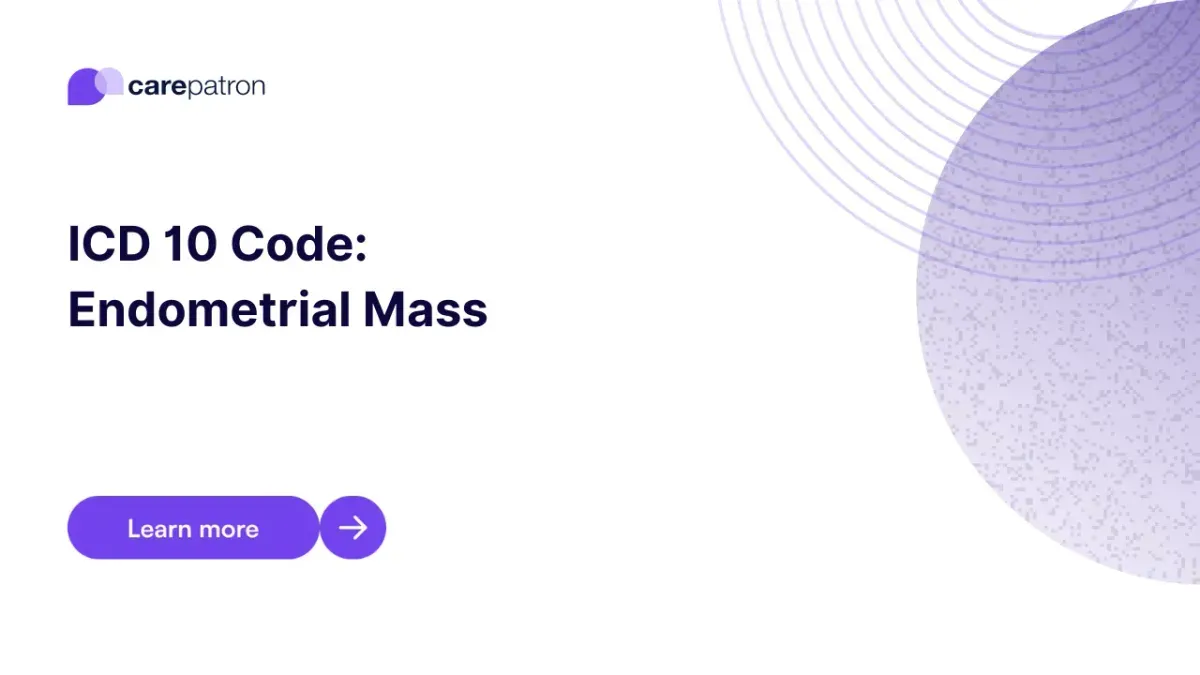
Endometrial Mass ICD-10-CM Codes
Read this short guide and learn about endometrial mass ICD codes you can use to ensure good medical billing and coding.
Use Code
Commonly asked questions
None as of now, so it’s best to use either one of the two that we mentioned earlier.
Healthcare professionals will conduct physical exams, pelvic exams, blood tests, imaging tests, and endometrial biopsies.
Hysterectomy and various types of therapy (e.g., chemotherapy, radiation therapy, hormone therapy).
EHR and practice management software
Get started for free
*No credit card required
Free
$0/usd
Unlimited clients
Telehealth
1GB of storage
Client portal text
Automated billing and online payments
